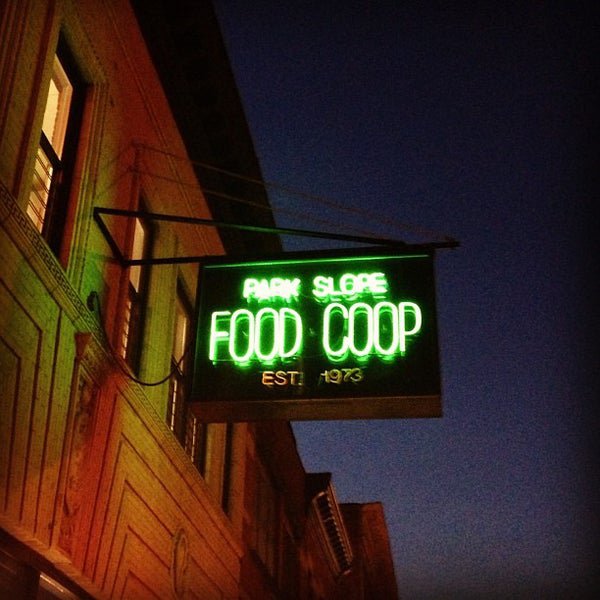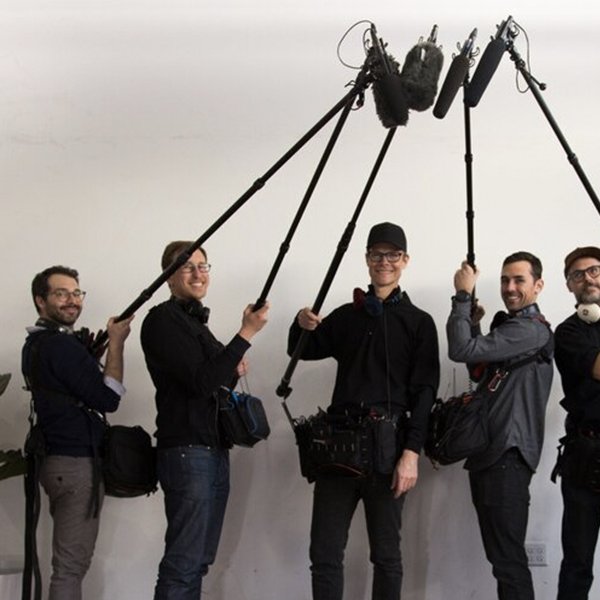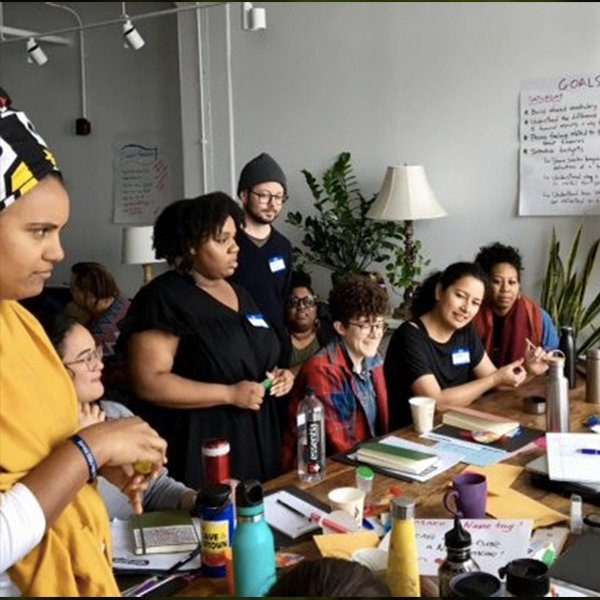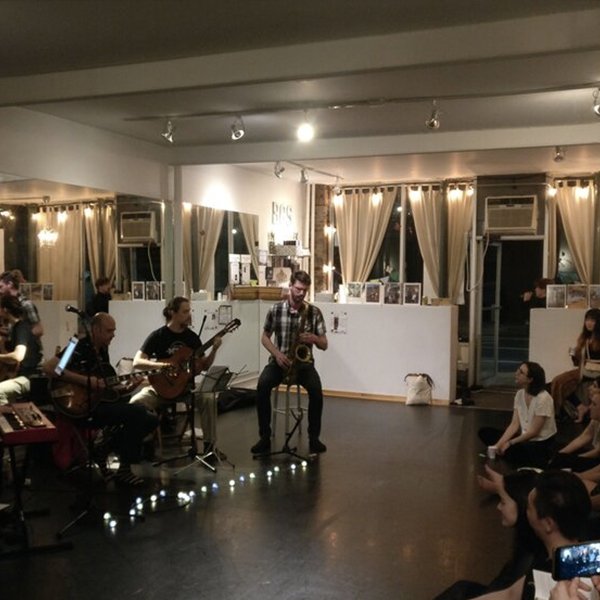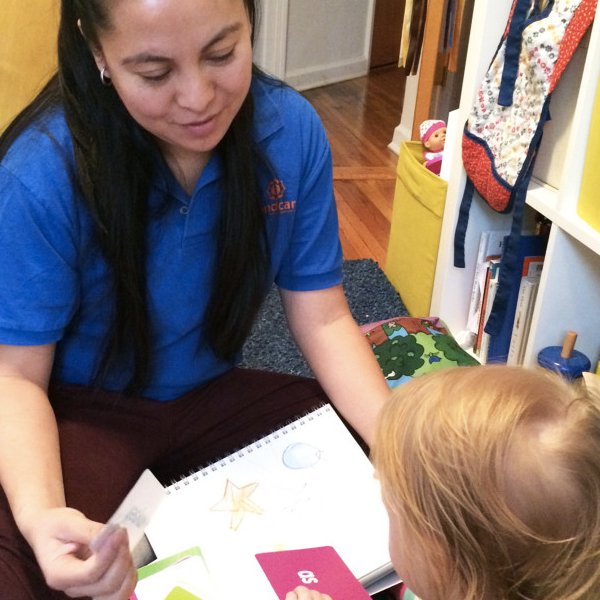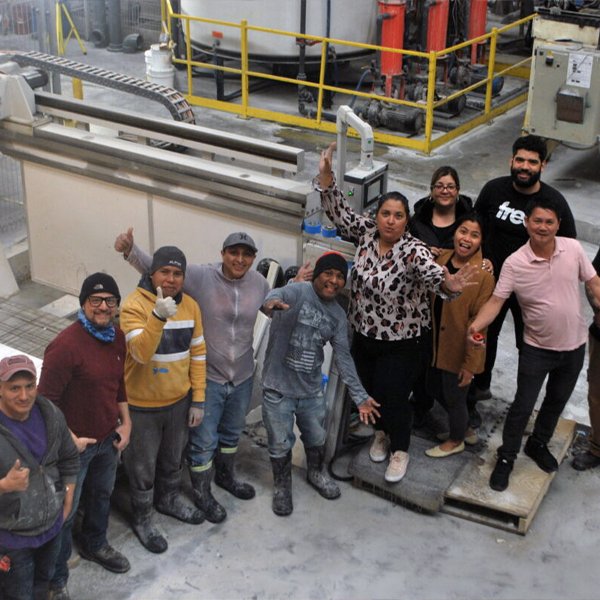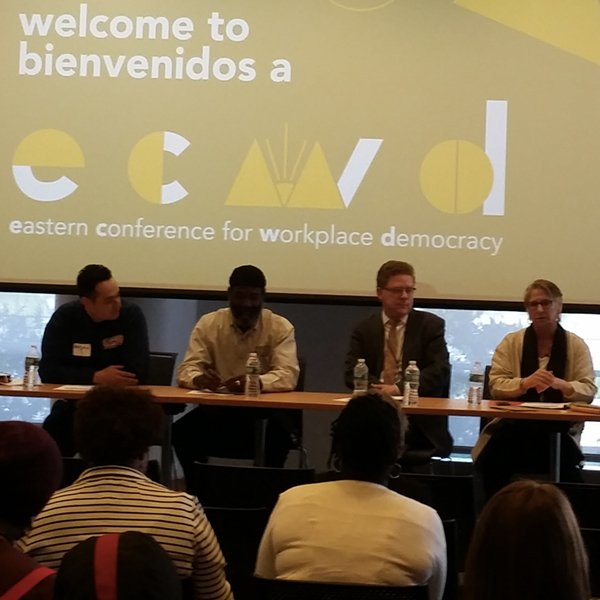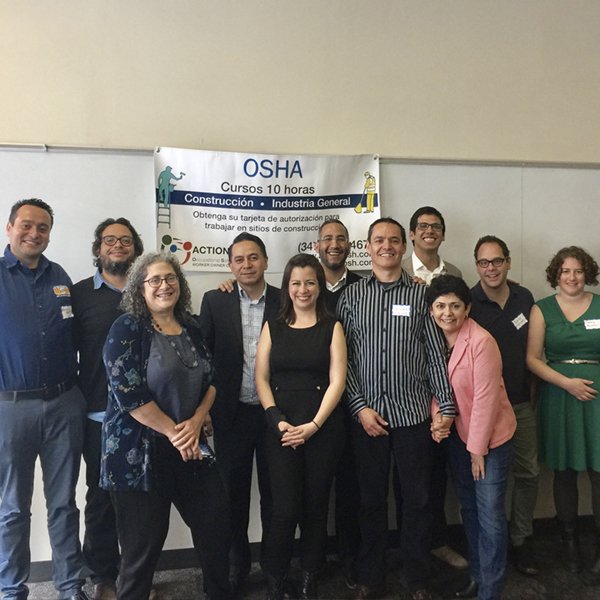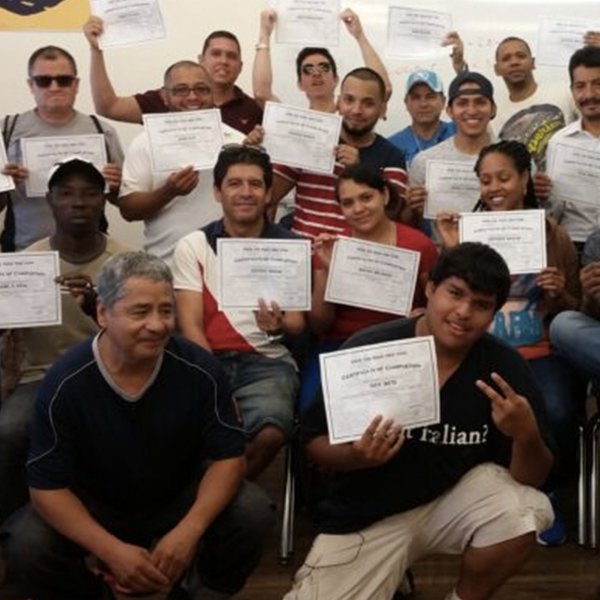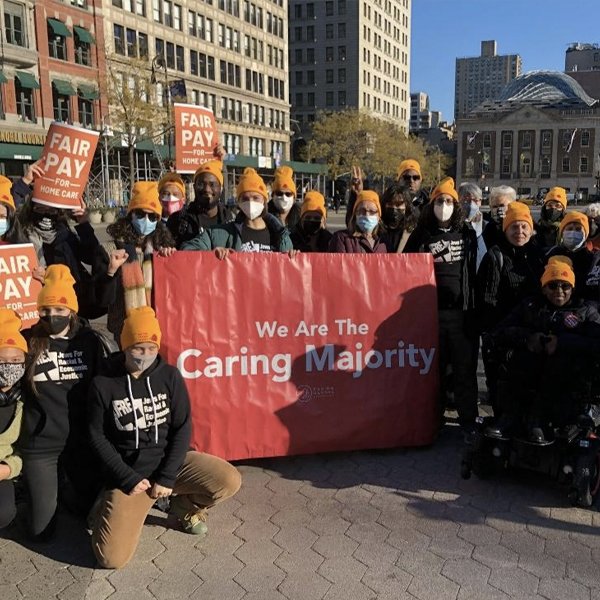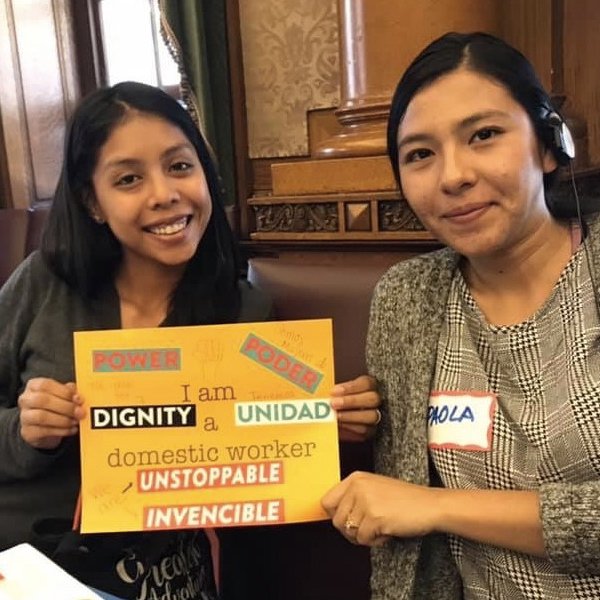A Quick Look At What Are Worker Cooperatives
Worker cooperatives are business entities that are:
- owned by their staff,
- governed by their staff, and
- operated for the benefit of their staff.
Worker cooperatives operate differently from traditional businesses in some significant ways because they are owned, controlled, and managed by and for the people who work there.
(1) Joint Ownership:
In classical for-profit businesses, the owners are the sole proprietors or shareholders, whose primary objective is profit generation. Profit is a goal for worker cooperatives, but they also want to make sure that the organization serves the needs of its members. To do this, they might, for example, pay employees fair wages and make sure they have a steady source of income, invest in the neighborhood, and promote a healthy environment.
(2) Democratic Control:
In conventional business organizations, elections are conducted and significant decisions are made by shareholders, who vote in proportion to the number of shares they possess. In worker cooperatives, directors are elected, and each worker has one vote for critical decisions. Therefore, each member has control, not each share of stock. No one has a greater or more powerful vote than she does since she put more capital into the company.
(3) Cooperative Distribution of Earnings:
In investor-owned enterprises, earnings are disbursed proportionally to the number of shares held by each shareholder. The excess revenues of worker cooperatives are instead distributed according to a patronage system. This indicates that profit is allocated fairly depending on parameters such as hours worked or the value of labor provided. Thus, profit distribution is determined more by labor input than by capital contribution. In general, whether workers contribute more money directly to the firm or buy more shares, they do not earn a higher profit share.
EXAMPLES OF OPERATING COOPERATIVES
FOOD COOPERATIVES
ARTS & MEDIA COOPERATIVES
CHILD CARE COOPERATIVES
CONSTRUCTION COOPERATIVES
EDUCATION COOPERATIVES
HOMECARE COOPERATIVES
CONTRIBUTORS
“A community that populates solidarity is a community that is protected, not policed.”










